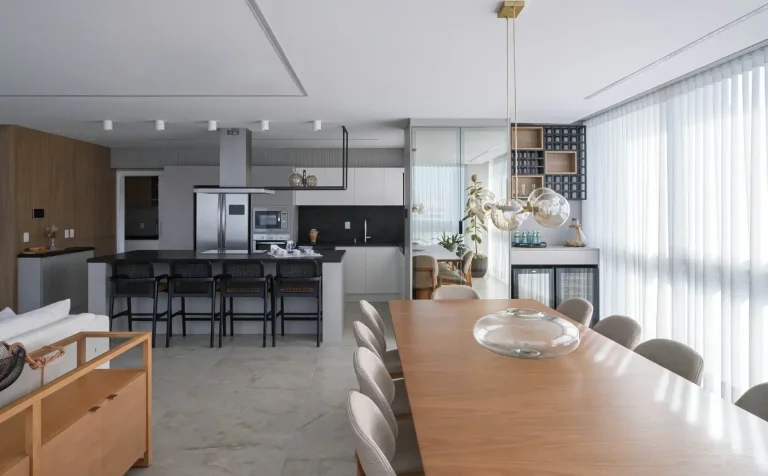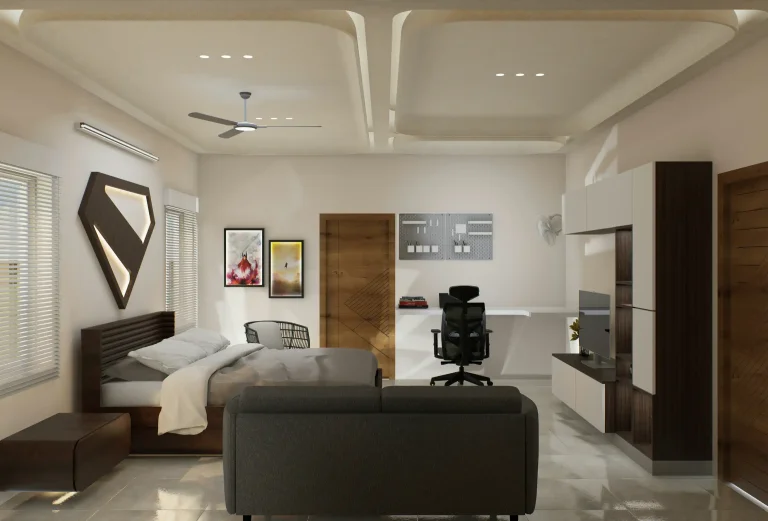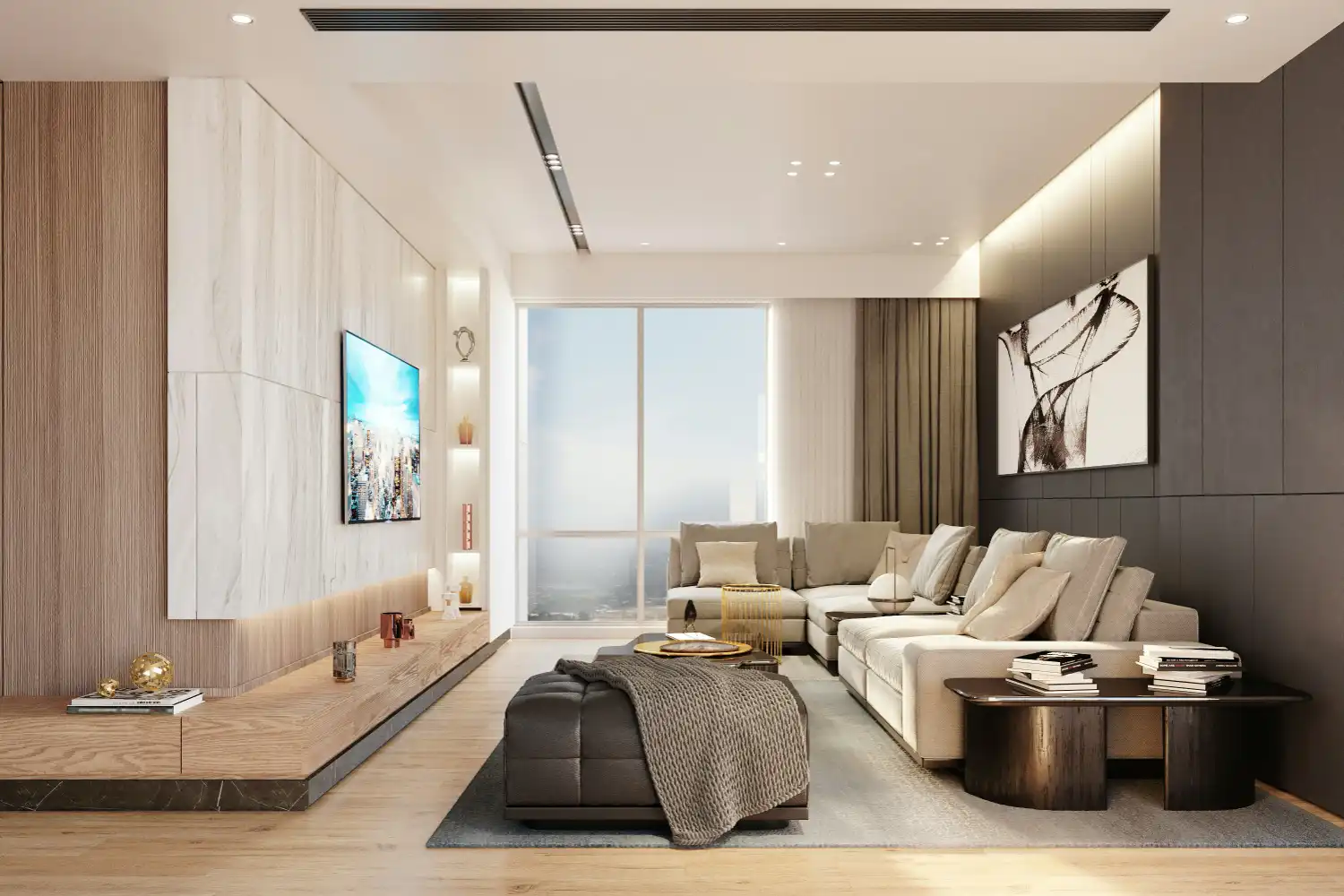Interior Design Fees for STR: Hourly vs. Flat-Rate Package
When hiring a designer, you'll face a crucial decision that can significantly impact your budget, timeline, and return on investment (ROI). This decision isn't an administrative detail; it shapes your project's financial predictability and can safeguard or endanger your investment.
This article will analyze both interior design pricing models, their advantages and disadvantages for STR investors, and help you determine which aligns best with your property goals. We'll explore how specialized firms like STR Cribs have developed tailored solutions to maximize vacation rental properties' revenue potential.
The Foundation: What Should a Design Fee Cover?
Before diving into the pricing models, it's essential to understand what you're paying for when hiring a professional designer. A design fee isn't just compensation for "picking out pretty things"; it's payment for expertise, strategic thinking, project management, and execution that transforms your property into a high-performing asset.
The cornerstone of any design agreement is the scope of work, the detailed outline of the services the designer will provide. This scope determines the cost, regardless of whether you're paying hourly or through a package.
A comprehensive design service for an STR property includes:
- Concept Development & Market Analysis: Researching local STR market data, identifying target guest profiles, and creating a unique design concept that appeals to your ideal guests while standing out from competitors.
- Space Planning: Creating optimal layouts that maximize flow, functionality, and guest experience, including luggage storage, workspace, and entertainment areas.
- Sourcing & Procurement: Selecting and purchasing all furniture, fixtures, and equipment (FF&E) that balance aesthetic appeal with durability for the STR environment.
- Design Visualization: Providing mood boards, renderings, or 3D models to visualize the final result before committing.
- Project Management & Coordination: Liaising with contractors, managing timelines, coordinating deliveries, and overseeing installation.
- Final Staging & Photography Prep: Adding the finishing touches to make your listing photos pop and drive higher booking rates.
Now that we know what's included, let's see how these services are billed under the two most common models.
The Hourly Rate Model: Pay-As-You-Go Precision
Under the hourly rate model, you pay the designer for every hour they work. Designers usually request an initial retainer (a prepaid amount, often $2,000-$10,000) that they bill against. Once the retainer is depleted, you'll either replenish it or be billed regularly (often monthly) for additional hours.
Hourly rates vary based on the designer's experience, location, and expertise. For STR design, rates range from $75 to $250 per hour. Some designers use tiered rates, charging different amounts for tasks (e.g., a higher rate for concept development and a lower rate for shopping or administrative tasks).
Pros and Cons for an STR Investor
The hourly model offers flexibility, but it has advantages and disadvantages for STR investors:
Pros:
- Good for Small or Ill-Defined Projects: If you need a few hours of consultation or if the project scope is unknown,hourly billing provides flexibility.
- Pay for What You Use: You're not paying for unnecessary services, which benefits partial projects or when you plan to handle aspects yourself.
- Transparency of Time: Detailed invoices show hours spent on each task, providing visibility into the design process.
Cons:
- Budgetary Risk: This is the most significant drawback for investors. Without a predetermined total, costs can exceed estimates, making it impossible to calculate a precise ROI upfront.
- Incentivizes Inefficiency: The model can reward designers for taking longer instead of achieving results quickly and effectively.
- Administrative Friction: Scrutinizing timesheets and disputing billable hours can create tension in the designer-client relationship and distract from creating a revenue-generating property.
When Is an Hourly Fee Right for Your STR?
Hourly billing suits STR investors in specific scenarios. If you're an experienced investor needing targeted help like a two-hour color consultation or single room assistance, the hourly approach offers focused expertise without unnecessary services.
This model suits projects where the scope is impossible to define upfront, like a historic renovation where structural issues may emerge only during work. The flexibility of hourly billing accommodates the unknowns.
For investors seeking a complete, revenue-focused STR build-out, the unpredictability of hourly billing introduces significant risk. When your property is a business investment, budget certainty is paramount, and that's where package fees shine.
The Package Fee Model: All-Inclusive Predictability
In the package model, also known as the flat rate vs hourly designer approach, you pay a single, predetermined price for a clearly defined scope of work. This fee is based on the designer's estimate of the hours required, plus a contingency buffer, multiplied by their effective hourly rate.
The key difference is that once the scope and fee are agreed upon, the total cost is fixed, regardless of the designer’s hours. Package fees are usually paid in installments at project milestones (e.g., 50% upon signing, 25% at concept approval, 25% at completion).
Pros and Cons for an STR Investor
The package model offers certainty and alignment with investment goals:
Pros:
- Budgetary Certainty: The #1 benefit for investors is knowing the exact design cost upfront for precise ROI calculations and financial planning.
- Focus on Results, Not Hours: Designers are motivated to work efficiently and effectively to deliver the final product, as their compensation isn't tied to time spent.
- Simplicity & Trust: Eliminates timesheet anxiety and fosters a collaborative, results-oriented partnership focused on the end goal.
Cons:
- Requires a Detailed Scope: The package is only as good as the scope of work it's built on. Any work outside this scope ("scope creep") will incur additional charges.
- Less Flexibility for Mid-Project Changes: Significant design pivots can be more complicated and costly than with an hourly model.
- Potential to Overpay: If the project turns out to be simpler than anticipated, you will still pay the agreed-upon fee.
When Is a Package Fee Right for Your STR?
For most investors seeking a full-service design or renovation for an STR property, the package model provides the financial predictability necessary for sound business planning. It transforms the design process from an open-ended journey into a defined investment with clear deliverables and costs.
The package approach is valuable when you have a clear vision for your property and need comprehensive services from concept to installation. It works best when both parties define the scope upfront and when you value budget certainty over unlimited flexibility.
This model aligns the goals of both the investor and the designer toward a successful, profitable outcome. The designer is incentivized to deliver maximum value within the agreed scope, rather than maximizing billable hours.
7 Key Questions to Ask a Designer (Before You Sign Anything)
Regardless of your preferred pricing model, asking the right questions upfront will help you make an informed decision and avoid surprises. Here are the critical questions every STR investor should ask potential designers:
- What is included and excluded in your fee?
- How do you handle scope changes or client revisions, and what are the costs?
- Can you provide a detailed scope of work before we begin? (Crucial for package fees)
- How do you track your time and what level of detail will I see on invoices? (Crucial for hourly fees)
- What is your procurement process? Is there a markup on furniture and materials?
- Can you share case studies or data from past STR projects similar to mine?
- What is the estimated total project budget, including your fee, furnishings, and contractor work?
These questions will help you evaluate the pricing model, designer's transparency, experience with STR properties, and alignment with your investment goals.
Conclusion
When evaluating hourly vs package design fees for your short-term rental, the tradeoff is clear: hourly fees offer flexibility but budget uncertainty, while package fees provide predictability and a focus on results rather than time.
For STR investors, where every invested dollar must be justified by its potential return, predictability isn't just convenient, it's essential for business planning. A data-driven package from a specialized firm like STR Cribs is the most direct path to de-risking the design process and maximizing profitability. By choosing a model that aligns designer incentives with your revenue goals, you transform design from a cost center into a strategic investment with measurable returns.






